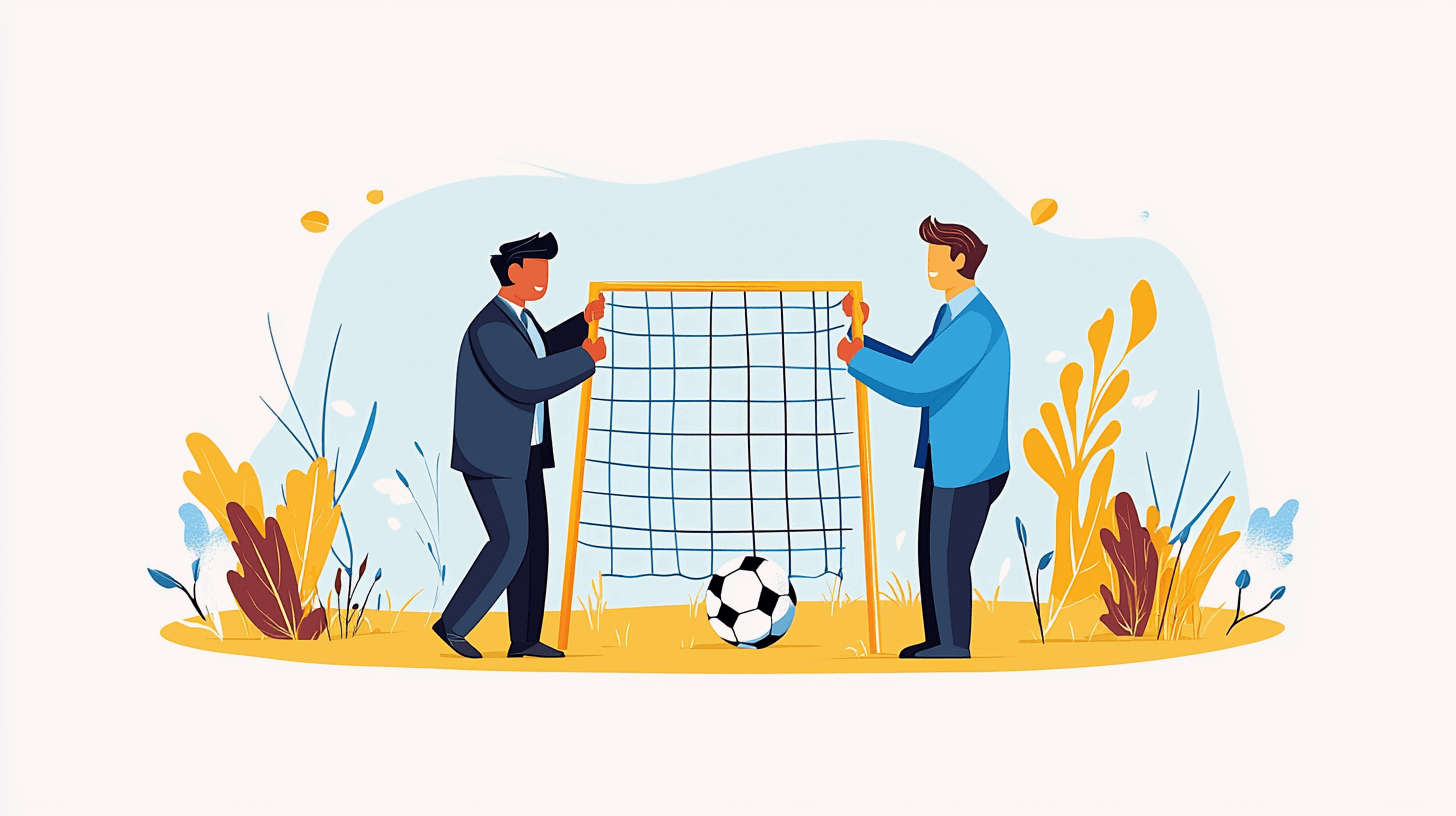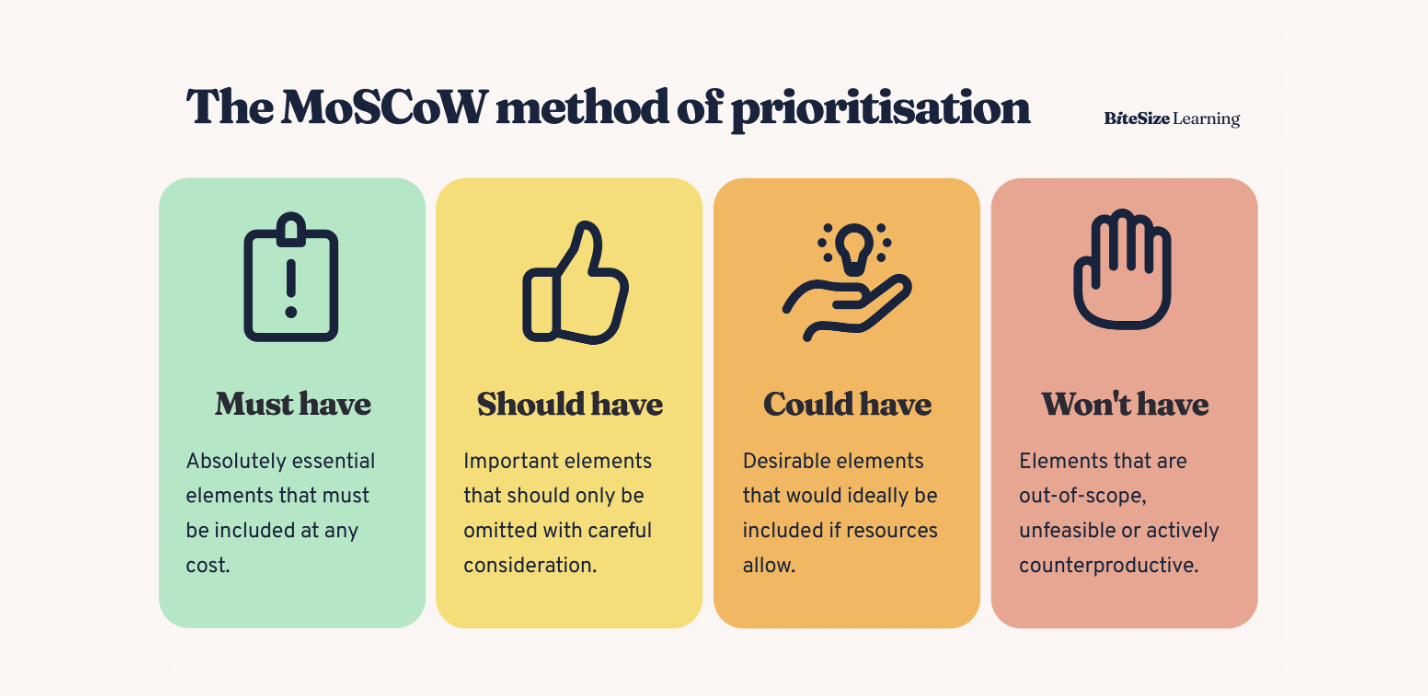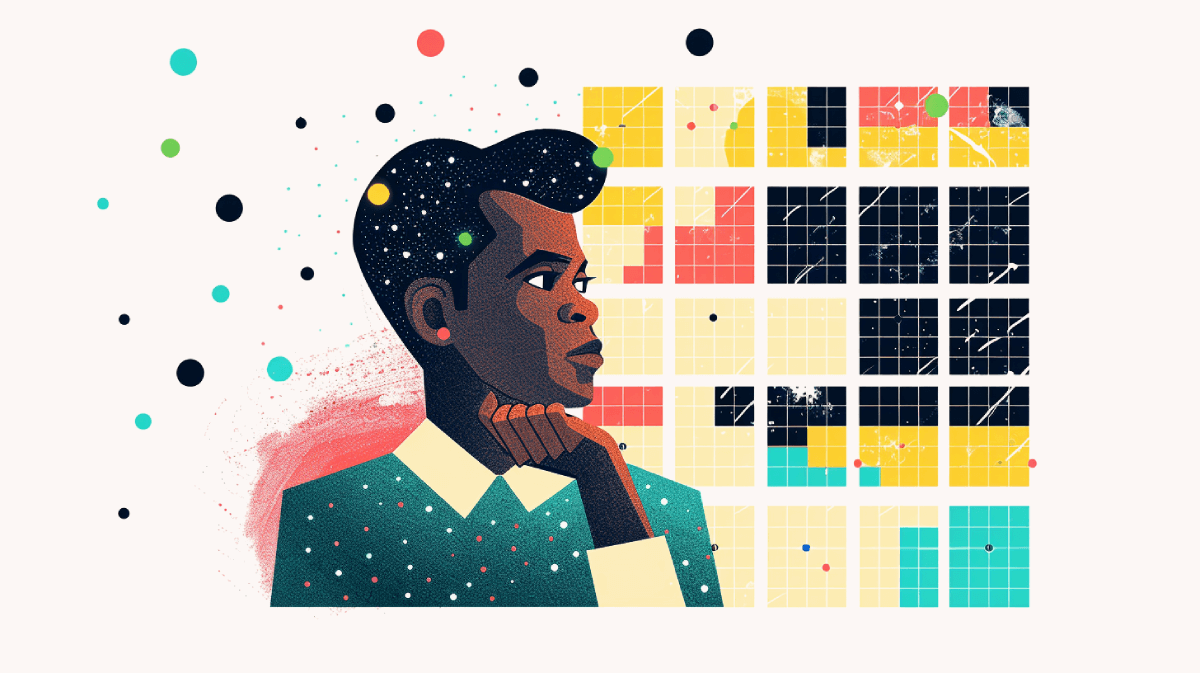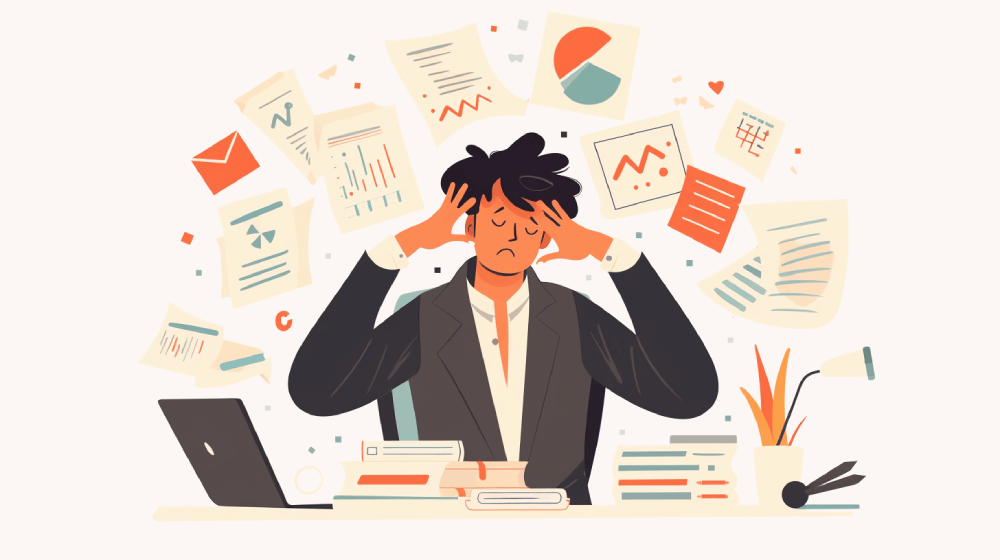Oh, hello… we weren’t expecting to see you here, to be honest!
You’re probably looking for our resource library.

The Gibbs Reflective Cycle, explained
A six-stage process for answering the all-important question: "what on earth just happened?"

Locke’s goal-setting theory, explained
Discover the five factors that make a goal more motivating to strive for.

Plan, do, check, act – the PDCA cycle
Test your ideas with a short experiment before rolling them out more widely.

The MoSCoW prioritisation model, explained
Prioritise your work by deciding what a new product or process must, should, could and won't have.

Stakeholder mapping, explained
Develop a strategy for managing stakeholders informed by their level of power, perspective and engagement.

The TOWS matrix, explained
Turn your SWOT analysis into tangible strategic options, using the TOWS matrix to guide your brainstorm.

The SWOT analysis, explained
Learn to capture your strengths and weaknesses, and identify opportunities and threats, as a foundation to you strategy.

What are the 5 P’s for strategy?
Is your strategy a plan, ploy, pattern, position, or perspective – or maybe all of the above? Understand this key framework to sharpen your strategic skills.

Using ‘Ikigai’ to reflect on your work
Discover the meaning of Ikigai, how your work sits on the Ikigai chart – and how to pronounce it, of course!

VUCA: volatility, uncertainty, complexity & ambiguity
How to get work done – and lead a team – when things are ever-so-slightly confusing (i.e. always)

Big Hairy Audacious Goals, explained
Are you brave enough for a BHAG? Discover the theory of aiming for the almost-impossible

The SCAMPER creativity model, explained
Brainstorm creative solutions by substituting, combining, adapting, modifying, putting to alternative use, eliminating and reversing.

Take a look at a problem from all sides with the Six Thinking Hats technique
An classic method to explore issues from six key perspectives.

SMART goals: a guide to setting goals that matter
Learn to set concrete, tangible goals that motivate others, using the SMART framework.

Design solutions to problems with the Double Diamond process
Diamonds are a problem-solvers’ best friend. Use this four-phase framework to analyse challenges deeply and generate creative solutions.

The urgent-important matrix: manage your time like a President
Make time to focus on what’s important, not only what’s urgent, using the Eisenhower Matrix.

Impact vs. effort: a simple matrix for prioritising tasks
Focus your energy on tasks that have the biggest impact for the lowest amount of effort.
